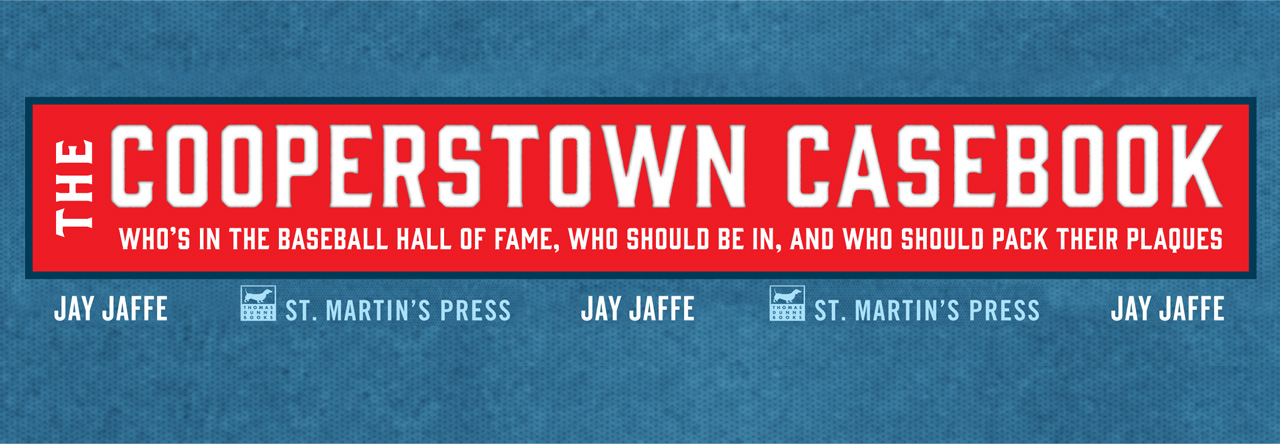12th in JAWS: (75.1 career/39.7 peak/57.4 JAWS)
Teams: Red 1899–1902 • Tigers 1903–17
Stats: .309/.362/.452 • 144 OPS+ • 2,961 H • 97 HR • 367 SB
Rankings: 11x top 5 SLG • 10x top 10 WAR • 9x top 5 OPS+ • 7x top 5 AVG
All-time: 1st 3B
Voting: Veterans Committee 1957

“While we are no sculptor, we believe that if we were and were looking for a model for a statue of a slugger we would choose Sam Crawford for that role. Sam has tremendous shoulders and great strength. That strength is so placed in his frame and the weight so balanced that he can get it all behind the drive when he smites a baseball.”—F.C. Lane, Baseball Magazine, 1916
Though he collected 2,851 hits through 1915, his age 35 season, and declared reaching 3,000 to be his “chief ambition,” Wahoo Sam tailed off over the next two seasons. Supplanted by fellow future Hall of Famer Heilmann in 1916, he was released after the ’17 season and spent four years with the PCL’s Los Angeles Angels, who gave him a 47% raise. He never returned to the majors despite flickers of interest, and thus never got to 3,000.
Though that milestone didn’t interest him as much as money did, Crawford did have an affinity for the numbers. It pained me to cut this passage from the Casebook, which comes from H.G. Salsinger in the February 13, 1957 issue of The Sporting News, just following his election:
Ten years ago, Sam decided what baseball needed was a book containing the records of major league players of the past. He spent his spare time in libraries, going through old files and asking friends to fill him in. He expected to sell thousands of copies.
“How many people can tell you in what year Elmer Flick won the American League batting championship?” he asked. “What was his average? Did he bat right or lefthanded? How did he throw? What was his height? His weight? You could have all those questions answered in my book.”
No one told Sam that the idea had already been carried out by others, that Hy Turkin had authored a book, “Encyclopedia of Baseball,” and that J.G. Taylor Spink had produced “Daguerrotypes.”… For years, Sam was exploring a field that had already been fully cultivated.
